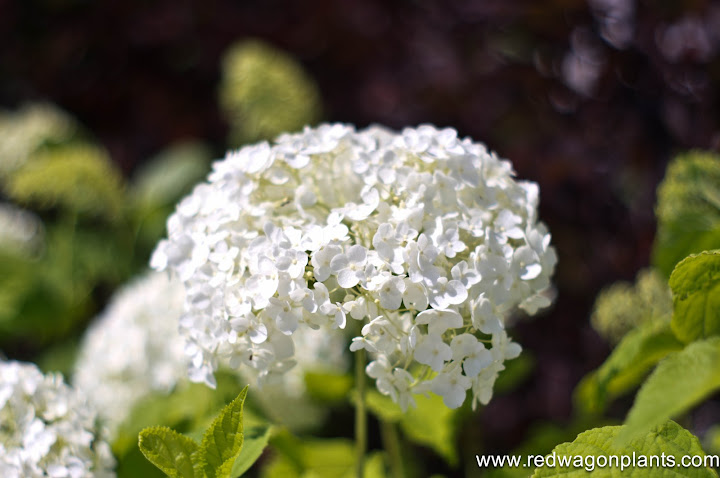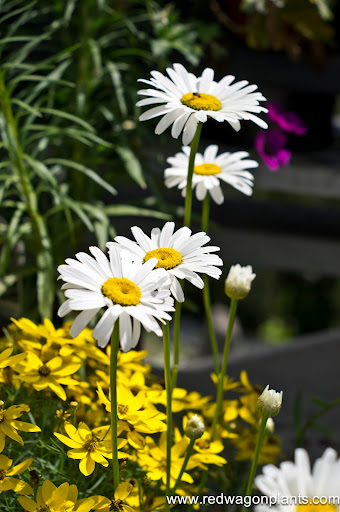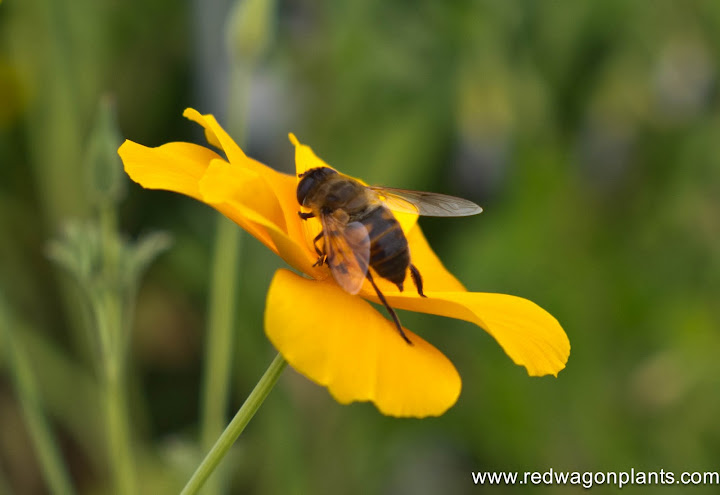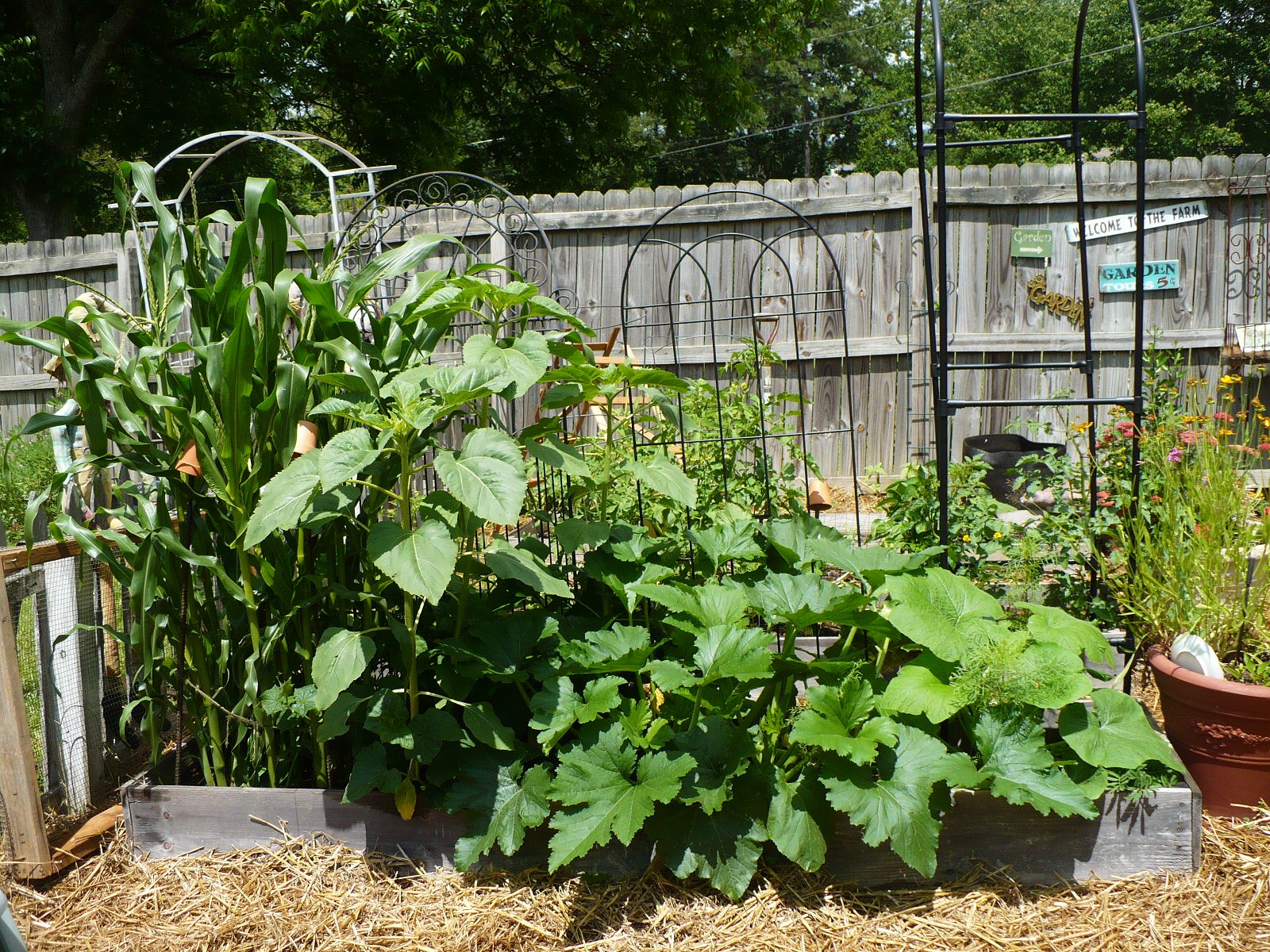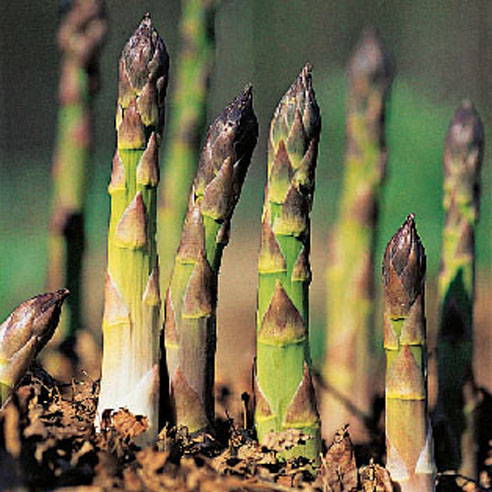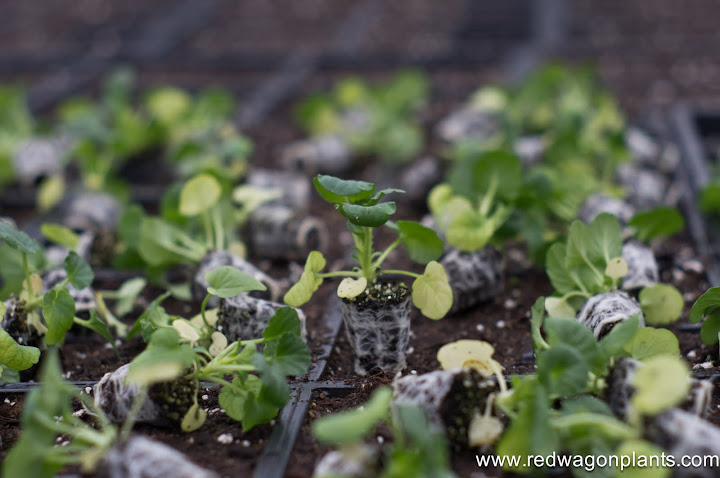
Hurrah! It's that time of year again and we're back in the greenhouses getting our hands dirty. And even though the air is filled with snowflakes outside, we'll let you in on our little secret - spring is just around the corner! Here are some of the first plants we're potting up in our cozy greenhouses.












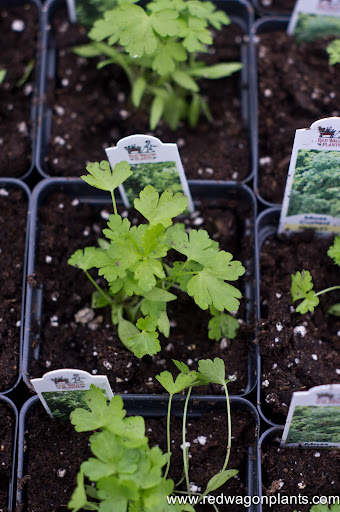
Join us for some early plants, refreshments, and to wander our sunny greenhouses at our Open House on March 30th!
~ Sophia











